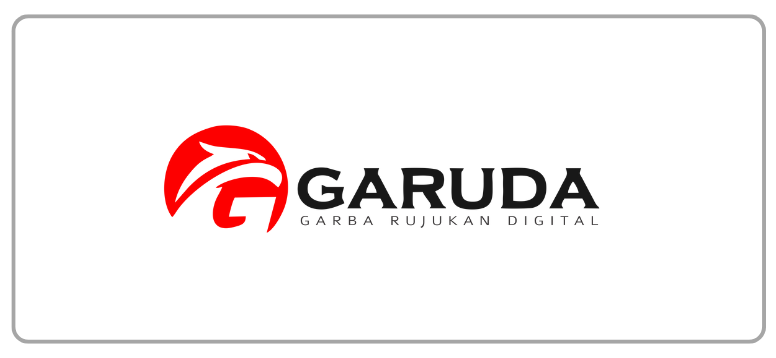Promosi E-Ticketing terhadap Kepuasan Konsumen yang Berdampak pada Loyalitas Pelanggan
DOI:
https://doi.org/10.21512/tw.v14i1.643Keywords:
internet, e-commerce, e-ticketingAbstract
Internet causes changes in the behavior of individuals and groups within the business done. With the increasing pressures of globalization, companies struggle to find a way to sustain long-term excellence competitiveness. Competitive advantage is the ability to rapidly innovate and absorb innovations from different sources. The development of e-commerce has increased exponentially. E-commerce has been developed as a new market orientation, creating profit opportunities for growth for many industries. One of the industry's growing use of e-commerce systems is air transport industry. Transport industry is one industry that starts using e-ticketing system, replacing the traditional ticketing system. Replacing the traditional paper ticket electronic ticket has now been proven to be an effective commercial practice for organizations operating in the field of transport. E-ticketing can be described as an alternative method of tickets offered by many flight companies which electronic booking records created contain all the information usually printed on a paper ticket. A new revolution in the aviation industry was created by advances in technology. It changes the way airlines in distributing tickets and requires the flight to the next level. Technology given that the electronic ticket is a technology that utilities actually require universal compatibility across airlines.
References
Abeyratne, R. (2005). Electronic ticketing in air transport-commercial strategies and consequences. Journal of World Trade, 39(6), 1095–1118.
Buhalis, D. (2004). eAirlines: Strategic and Tactical Use of ICTs in the Airlines Industry. Information and Management, 41(7), 805–825.
Greve, H. R. (2009). Bigger and safer: The diffusion of competitive advantage. Strategic Management Journal, 30(1), 1–23.
Keller, W. (2004). International technology diffusion. Journal of Economic Literature. 42(3), 752–782.
Riduwan & Kuncoro, E. A. (2007). Cara Menggunakan Dan Memaknai Analisis Jalur (Path Analysis). Bandung: Alfabeta.
Riduwan. (2004). Metode dan Teknik Menyusun Tesis. Bandung: Alfabeta.
Sugiyono. (2011). Metode Penelitian Kuantitatif Kualitatif dan R&D. Bandung: Alfabeta.
Sugiyono. (2009). Metode Penelitian Bisnis. Bandung: Alfabeta.
Downloads
Published
How to Cite
Issue
Section
License
Authors who publish with this journal agree to the following terms:
a. Authors retain copyright and grant the journal right of first publication with the work simultaneously licensed under a Creative Commons Attribution License - Share Alike that allows others to share the work with an acknowledgment of the work's authorship and initial publication in this journal.
b. Authors are able to enter into separate, additional contractual arrangements for the non-exclusive distribution of the journal's published version of the work (e.g., post it to an institutional repository or publish it in a book), with an acknowledgment of its initial publication in this journal.
c. Authors are permitted and encouraged to post their work online (e.g., in institutional repositories or on their website) prior to and during the submission process, as it can lead to productive exchanges, as well as earlier and greater citation of published work.
USER RIGHTS
All articles published Open Access will be immediately and permanently free for everyone to read and download. We are continuously working with our author communities to select the best choice of license options, currently being defined for this journal as follows: Creative Commons Attribution-Share Alike (CC BY-SA)

















